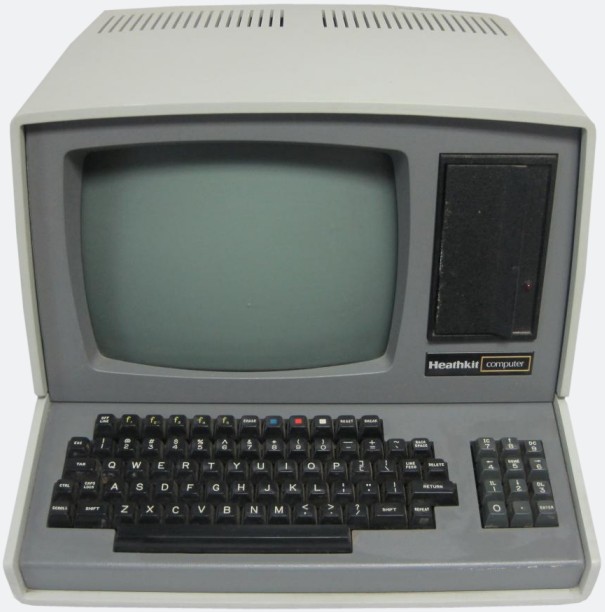
The Heath Company of Benton Harbor, Michigan founded in 1912 by Edward Bayard Heath became early pioneers in the electronics industry. They created a line of products known as Heathkits, these allowed electronic enthusiasts to purchase a kit version of an electronic product and build an equivalent home assembled version for a fraction of the price.
The Heathkits were usually aimed at hobbyists wanting to build radio equipment, however in 1978 the produced the Heathkit H8 computer that ran a custom operating system known as HDOS and became very successful. This success lead to later versions and ultimately the Heathkit H89 supplied in kit form for $1695.00 or, for $700.00 more, assembled as the Heathkit WH89.
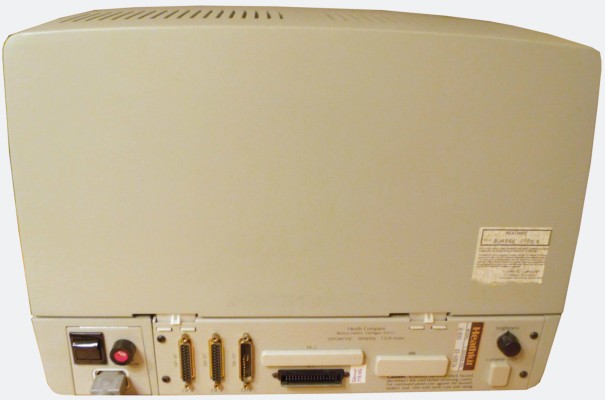
In 1979 Zenith Radio bought Heath Company seeing the potential of the burgeoning personal computer market. The Heath H89 was rebranded as the Zenith Z-89 and came as an assembled all in one personal computer system housing a monitor and floppy disk drive. Prior to the H89 most computer systems required a terminal and a form of external storage; the H89 changed that scenario by having the entire system in one box.
The Zenith Z-89 was an 8-bit computer built on the Zilog Z80 microprocessor running at 2 MHz and still using the custom HDOS operating system that was present in the early Heathkit computers. The Z-89 also had a secondary Z-80 processor to handle operation of the built in 12 inch monochrome terminal that displayed in black and white as standard with green or amber as options.
Early Z-89 systems shipped with only 16k of RAM, later models were upgraded to 48k of RAM. The keyboard was also part of the Z-89’s casing and protruded from the front of the system. There was space next to the terminal for two 5.25” disk drives although most models only shipped with one disk drive installed.
Here is an interesting picture of an early version of the Heathkit H89 keyboard.
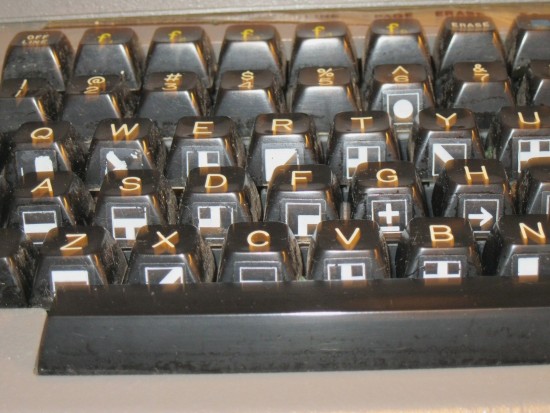
The badge was also different on the earlier versions. Compare the early badge below with the one on the H89 above and you’ll see the difference.

A lot of expansion chip boards became available for the unit, including a 64k RAM board to increase its memory capacity thus further. In addition to this there were also hard disk controller cards and some third party developers managed to create boards that increased the Z-89’s processor speed up to 4MHz.
Software range for the Z-89 was small in size when compared to some of the other popular systems of that era. The disks the Z-89 used allowed for a maximum capacity of 100k, typical software ranged from word processors and spreadsheets, and the odd game here and there like “Adventure” and “Zork”.
The Z-89 as the H89 before lacked the X factor that was enjoyed by more successful home computers of that period such as the Commodore 64 and the Apple II. However the Z-89 cabinet was iconic of the machine and a testament to the Heathkit brand that had helped to establish it in the home computer market.

The computer remained very niche as a personal computer no doubt because of the high price point at around $2,000 fully assembled as the Z-89 or approximately $1,500 as the unassembled kit version H89. By 1983 the Z-89 had come to the end of life and Zenith decided to retire the machine from the market.
The H89 and Zenith Z89 are popular amongst collectors but are not very rare. So, if you want to add one to your collection you won’t have too hard a time finding one. In good working condition these machines sell for $100.00 to $400.00.
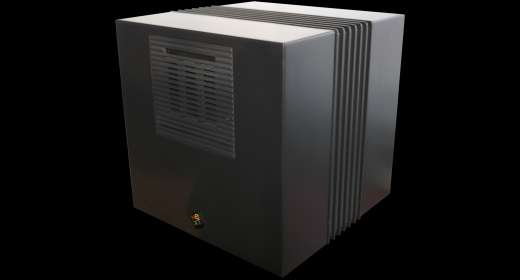
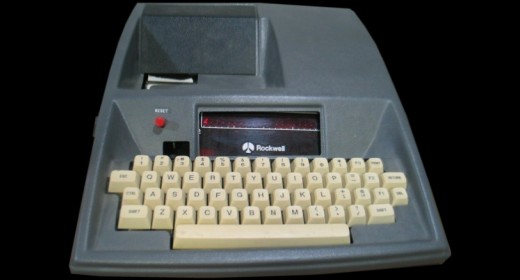
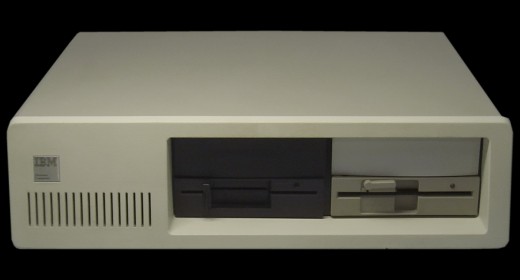
I have an H89 with 2 Floppy drives all docs and software – are you interested in buying it?